Last updated on June 3rd, 2023
Interesting Facts about 50 US State Animals
1. Alabama — Black Bear
Black bears can spend as long as 6 months in hibernation to cope with cold weather and food shortage.

2. Alaska — Moose
Baby moose weigh around 28 lbs at birth but they grow rapidly in the first 5 months to achieve 10 times their initial size.
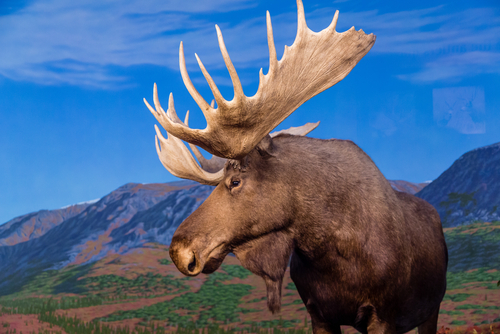
3. Arizona — Ringtail
Ringtail cats can rotate their hind feet up to 180 degrees, providing them excellent grip when descending trees, walls, cacti, and rocky cliffs.
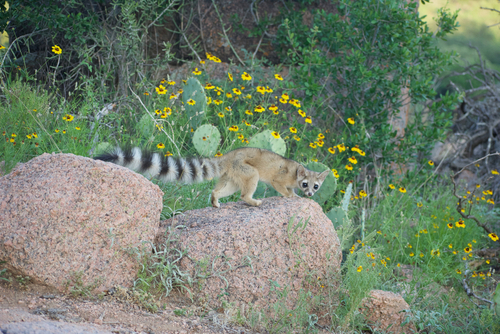
4. Arkansas — White-tailed Deer
Adult white-tails change the color of their coat from bright reddish brown during summers to dull grayish-brown during winters to help them blend in with their environments.
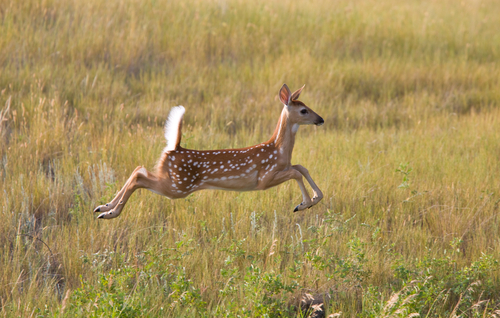
5. California — Grizzly Bear
Grizzly bears can gain over 3 lbs a day during autumn by eating whitebark pine nuts all day to prepare for hibernation.

6. Colorado — Rocky Mt. Bighorn Sheep
Male bighorn sheep ram each other for female mating rights with the clash of horns audible from a mile away.
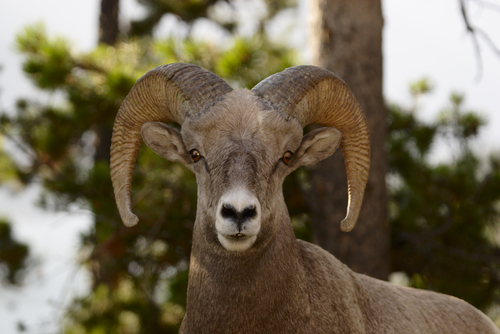
7. Connecticut — Sperm Whale
Sperm whales got their name from spermaceti, the oil sac in their heads that help them focus sound. This waxy substance used to be a popular material for candles, lubricants, and oil lamps. Sperm whales are known for their large heads that account for one-third of their body length
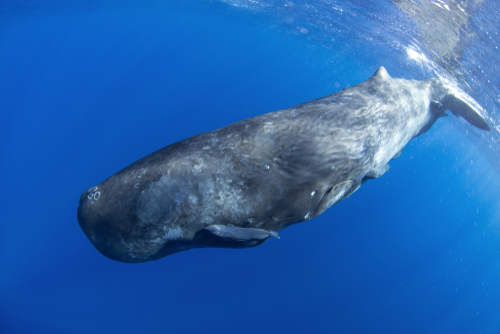
8. Delaware — Gray Fox
Gray foxes are among the few species in the canid family that can climb trees to forage or escape predators thanks to their semi-retractable claws and rotating wrists.

9. Florida — Manatee
Manatees weigh between 440 and 1,300 lbs. They are voracious eaters that can consume a tenth of their weight in 24 hours, often in the form of algae, weeds, and water grasses.

10. Georgia — Right Whale
Right whales were hunted almost to extinction due to their precious oil and baleen but their population has grown again thanks to international protection. According to the national oceanic and atmospheric administration, the right whale got its name because it was the right whale to hunt—it moved slowly and would float after being killed.
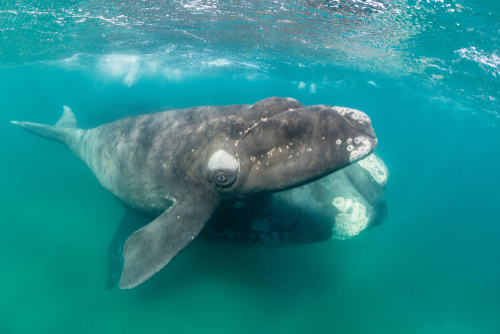
11. Hawaii Mammal — Hawaii Monk Seal
Instead of shedding skin and fur throughout the year, the Hawaii monk seal does this within a two-week period known as an annual “catastrophic molt”.

12. Idaho — Appaloosa
In the 1600s, the horses of Spanish explorers reached Native Americans who bred them to become the colorful and gentle Appaloosa. The name comes from the Palouse River where they were located.

13. Illinois — White-tailed Deer
The males are easy to spot during summer and autumn because they grow a set of antlers. However, these fall off in the winter.
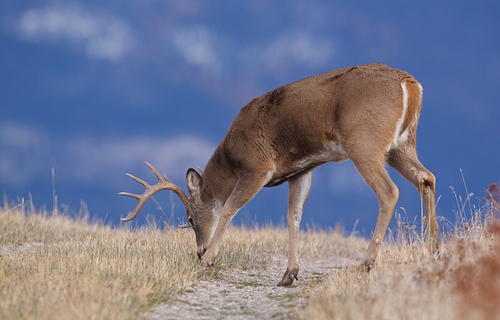
14. Indiana — Northern Cardinal
Norther Cardinals are birds with large beaks. They sometimes use to attack their own reflection while passionately defending their territory during breeding season.

15. Iowa — Eastern Goldfinch
The Eastern Goldfinch, also known as American Goldfinch, lays pale blue-white eggs that are incubated for two weeks before hatching.

16. Kansas — American Buffalo
The male American Buffalo often weigh more than a ton yet displays impressive speed and agility with top speeds reaching 30 miles per hour.

17. Kentucky — Gray Squirrel
Eastern gray squirrels are vital in seed dispersal since they prepare for the winter by burying food in different locations. The excess seeds eventually grow in the spring.

18. Louisiana — Black Bear
Adult black bears are mostly solitary except for the mating season in the summer. Their tiny and hairless cubs are born during winter.
19. Maine — Moose
Moose tend to give birth to a single calf but twins are possible with abundant food. These herbivores love to eat the leaves, twigs, grass, and pond weeds.
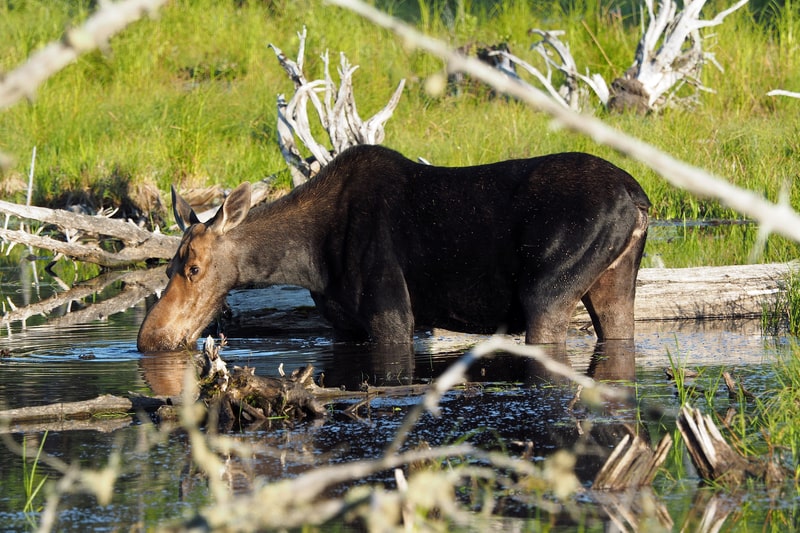
20. Maryland — Thoroughbred Horse
According to a genetic study, 95% of all existing thoroughbred racehorses are descendants of only 28 ancestors from 18th century UK.

21. Massachusetts — Boston Terrier
The Boston Terrier is often called “The American Gentleman” because of its impeccable manners, friendly demeanor, and stylish tuxedo coat.

22. Michigan — White-tailed Deer
The females can give birth to as many as three babies at a time after carrying them in the womb for seven months.
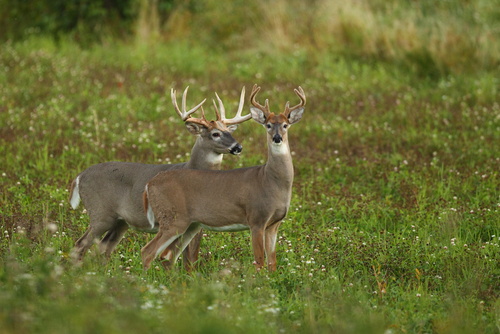
23. Minnesota — Common Loon
Loons are monogamous birds with pairs breeding together and defending their territory for about 5-10 years.

24. Mississippi — White-tailed Deer
These herbivores feed on leaves, grass, twigs, nuts, fruits, corn, alfalfa, and fungi. They usually go out to graze at dawn and dusk.
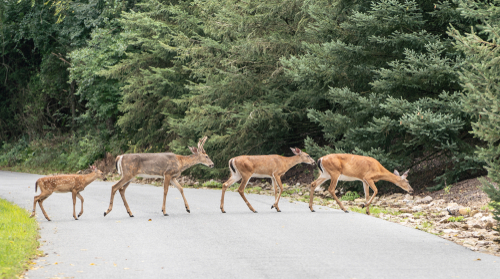
25. Missouri — Missouri Mule
During World War I, the British Army bought 350,000 Missouri mules and horses to move supplies. The mules also served in World War II for the US Army.

26. Montana — Grizzly Bear
Grizzly bears are double the size of black bears but they are agile enough to climb trees, run hills, and swim.

27. Nebraska — White-tailed Deer
White-tails can sprint up to 30 miles per hour, jump up to 30 feet, and leap up to 10 feet when trying to evade predators.
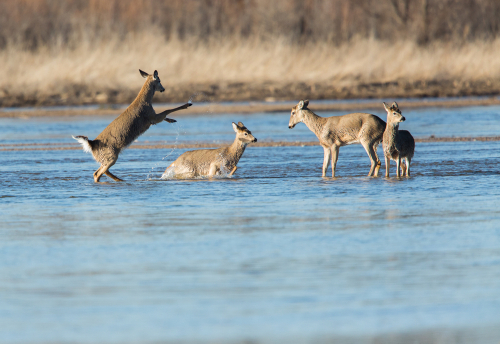
28. Nevada — Desert Bighorn Sheep
In the wet season, the desert bighorn sheep can get enough water from the grass they eat. In the dry season, they may have to feed on cacti or trek to springs every third day to survive.

29. New Hampshire — White-tailed Deer
White-tailed deer inhabit fields and meadows when it’s hot. They take shelter in the forests when it’s cold.

30. New Jersey — Horse
Wild horses travel in groups with one mature male, a few females, and young foals. By the age of two, the young males are driven away and eventually lead their own packs.

. . . continue reading on the next page
